Free tour Guide to Key West
Feel the pull of Key West as roosters crow across sun-bleached streets stretching from the Atlantic to the Gulf of Mexico. Wander cracked sidewalks where 1850s captain’s mansions, Civil War forts, and gingerbread verandas create something powerful between sunset celebration crowds and Hemingway House photo ops.
Walking through Old Town alleys and Bahama Village storefronts, you’ll spot the deep marks of salvage wealth and bohemian escape that turned this coral rock outpost into America’s most eccentric—and most romanticized—island town, giving you views of both tropical paradise and working-class struggle you won’t see anywhere else. Your time in Key West blends maritime fortune, artistic rebellion, and calculated authenticity into a visit that makes two centuries of island survival real.
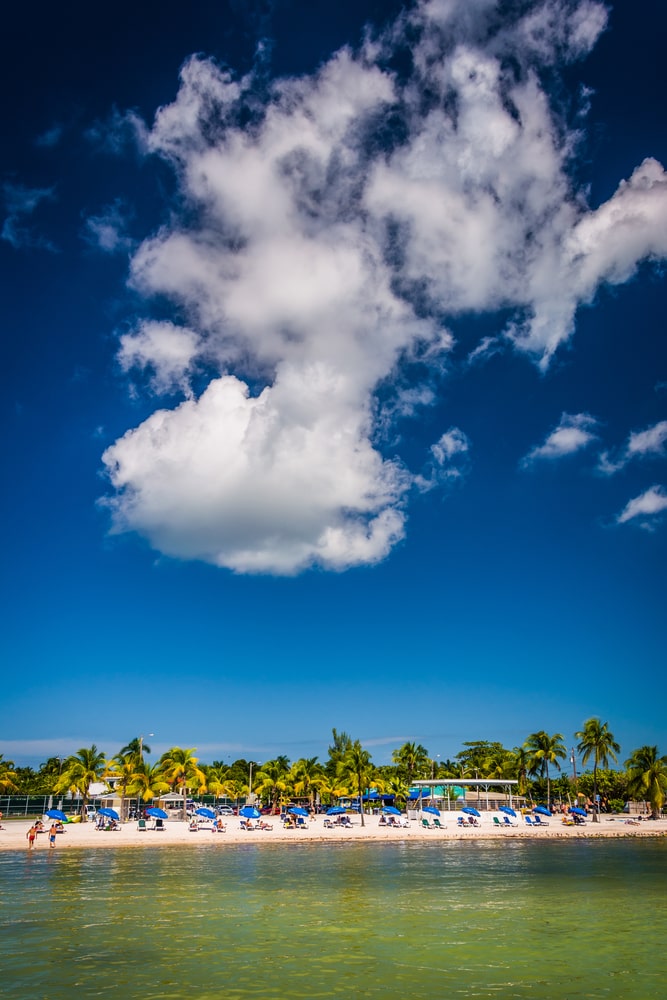
FROM SOUTHERNMOST POINT TO CONCH REPUBLIC
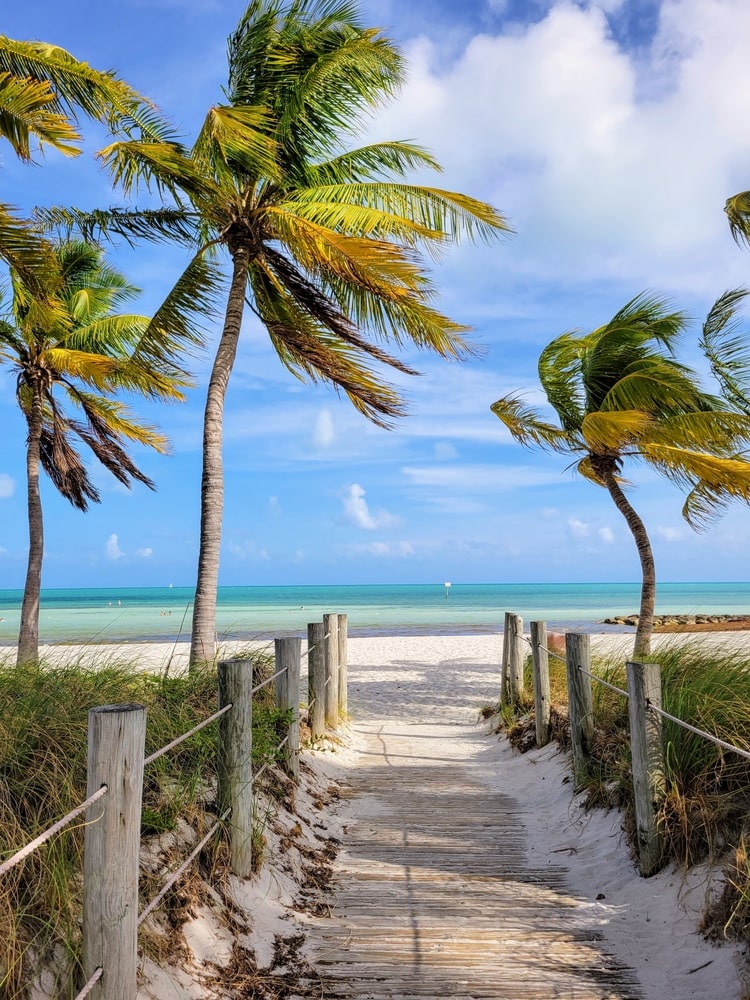
Key West's Best Kept Secret
Top wingman tour in Key West
Unlike many island destinations reduced to sunset selfies and margarita clichés, Key West tells a complicated story of American frontier and Caribbean refuge from its salvage wealth built on shipwrecks and centuries of artists, exiles, and outcasts escaping the very mainland conventions that now fuel its tourist economy.
Discover more with our tours!

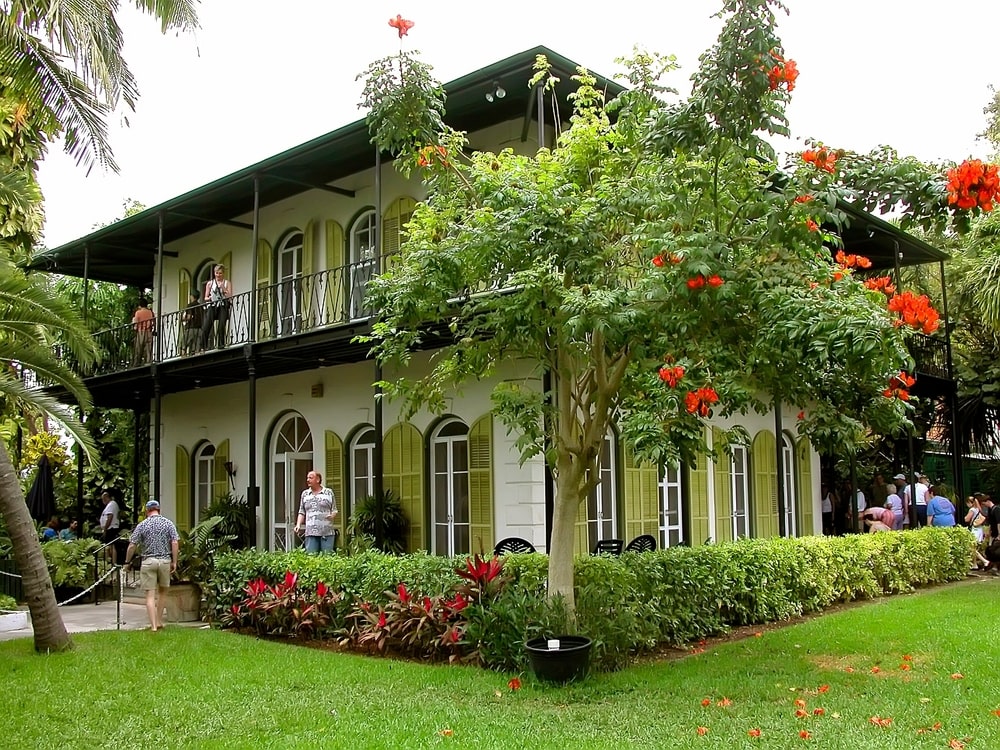
Hemingway’s Key West
UNLOCK YOUR NEXT ADVENTURE
hidden gems of Key West
Unlike many island paradises softened by margarita bars and Hemingway mythology, Key West tells an uncompromising story of American escape and Caribbean collision from its wrecking fortunes built on disaster and centuries of misfits the mainland refused to accept.
Discover more with our tours!
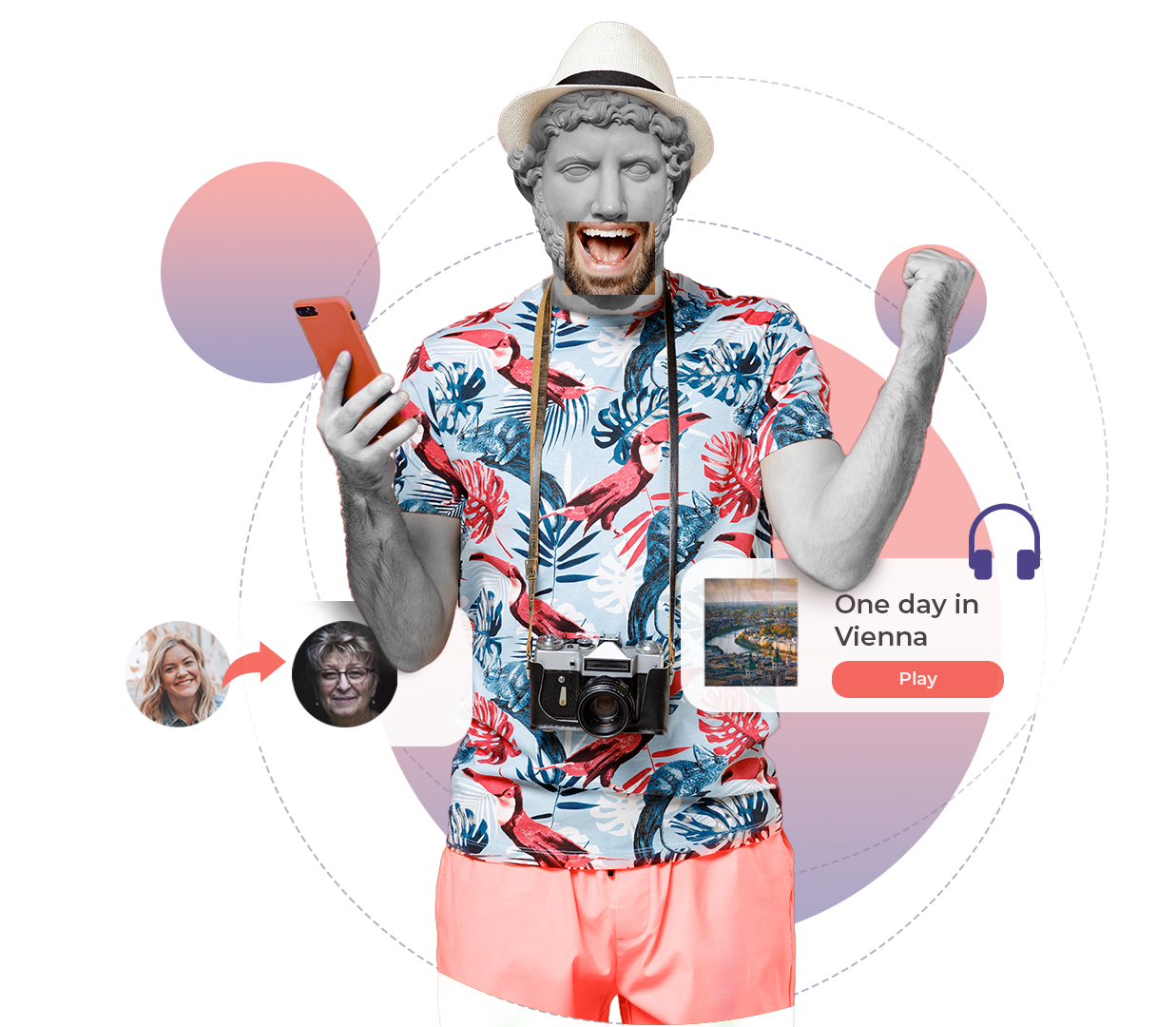
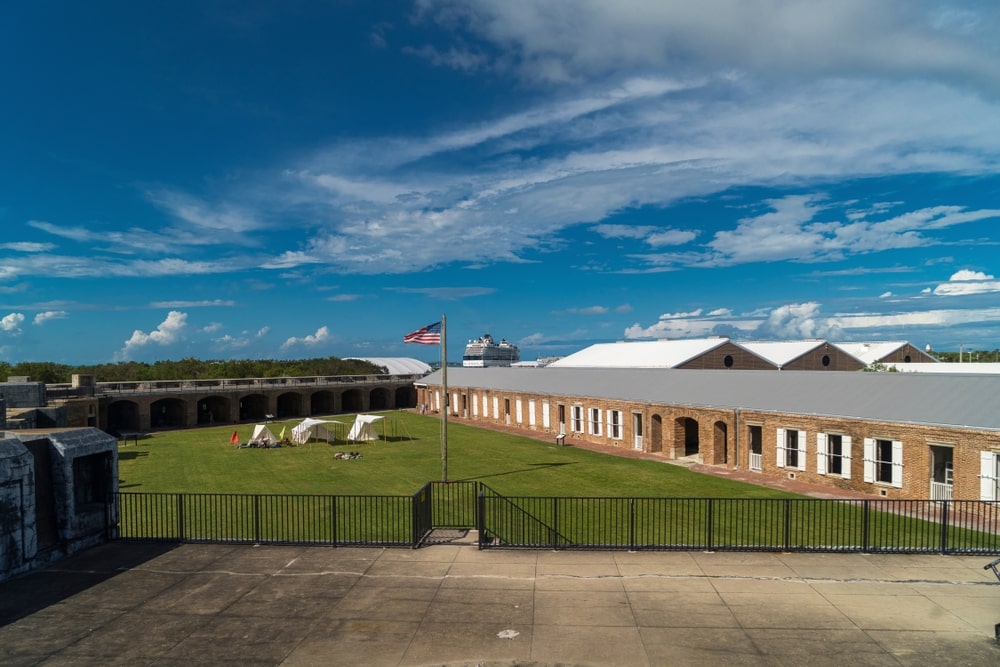
The 1860s Fort East Martello's Forgotten Casemates
Behind the main Civil War fort museum, crumbling brick tunnels and overgrown artillery chambers wind through palmetto scrub where most visitors never venture past the front gallery. These sealed casemates once stored ammunition for cannons that never fired a shot in anger, now home to land crabs and century-old graffiti where you can touch actual Civil War brickwork without velvet ropes or interpretive plaques.
Local Guide Tip: The back trails close during summer storms—go early morning when iguanas sun themselves on the old ramparts and you’ll have the spooky tunnels completely alone.
Coordinates: 24.5463° N, 81.7699° W
The Abandoned Casa Marina Beach Groin
A quarter-mile concrete breakwater stretches into turquoise water east of the Casa Marina Resort, built in the 1920s to protect Flagler’s railroad terminal and now slowly crumbling into the Atlantic. Walk out past snorkeling families to the far end where waves crash over broken pylons and you’re surrounded by deep blue water, nurse sharks cruising below, and zero other tourists willing to make the sketchy walk.
Local Guide Tip: Wear water shoes (the concrete’s rough and barnacled), go at low tide, and time it for late afternoon when the sun lights up the water—high tide covers sections completely.
Coordinates: 24.5512° N, 81.7892° W
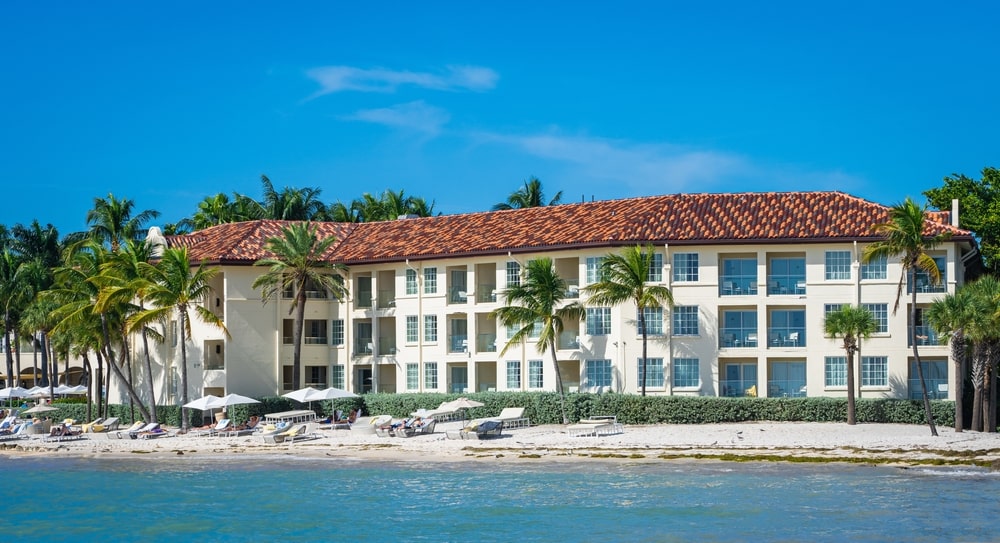
The Overgrown Key West Cemetery Back Gates
Skip the main Passover Lane entrance where tour groups cluster around famous headstones, and slip through the Angela Street back gate into wild sections where tilted gravestones disappear under strangler figs and roosters nest in cracked family vaults. These forgotten corners hold Cuban cigar workers, yellow fever victims, and wrecking captains whose graves haven’t seen maintenance in decades—pure Gothic tropical decay without the scripted ghost tours.
Local Guide Tip: Bring bug spray and enter from William Street at Angela—the northeast quadrant’s completely overgrown but you can still read 1880s epitaphs if you push past the vegetation.
Coordinates: 24.5580° N, 81.7981° W
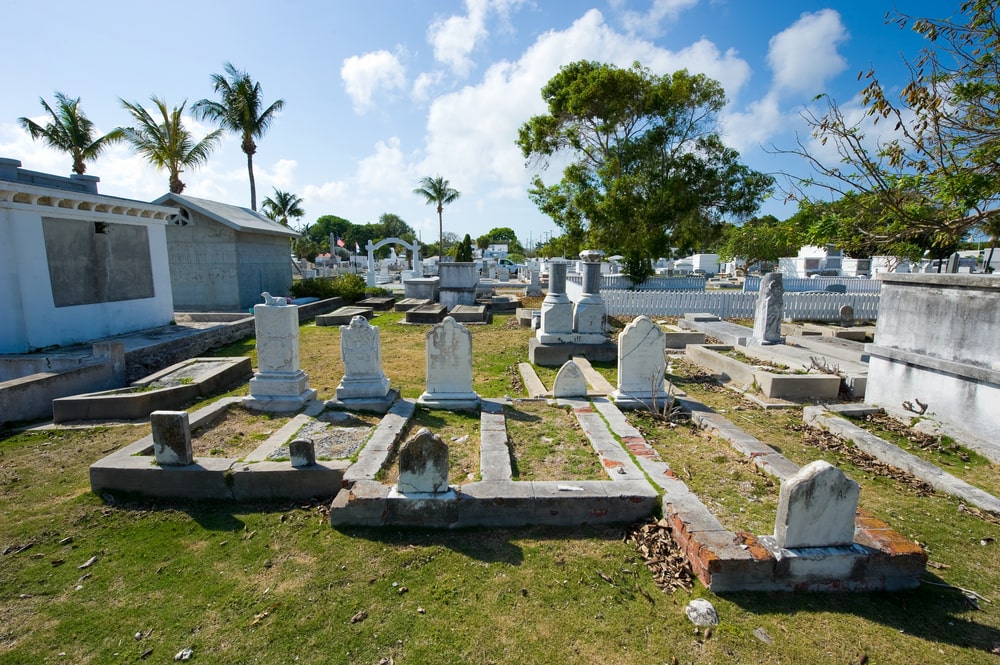
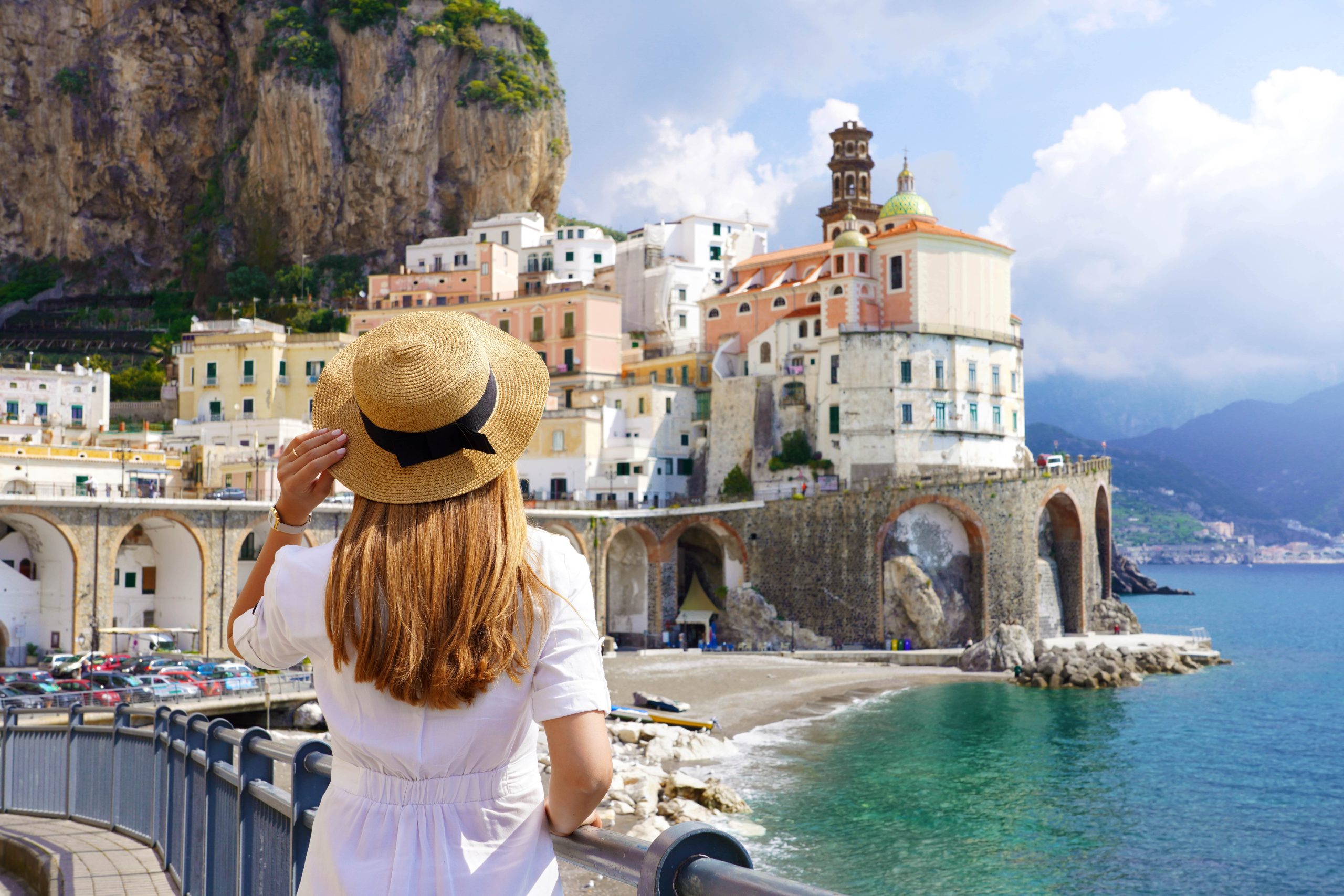
upgrade travel to joy
At Wingman, we’re passionate about transforming your travel experiences from typical to tremendous.
Each city is a new chapter in your adventure book, filled with unique cultures, sights, and sounds for you.
Why stop at one? Explore our global network of destinations, from the romantic streets of Paris to the vibrant landscapes of Bangkok.
Dive into diverse cultures with our expertly crafted tours designed to enlighten and entertain.
SMART TRAVELER BONUS
Key West top sights with insider tips
1. Independence Hall
Where the Declaration of Independence and Constitution were debated and signed, this Georgian brick building at Chestnut Street remains the birthplace of American government—reserve free timed tickets online weeks ahead, or show up at the visitor center at 8:30 AM for same-day releases.
Insider Tip: Skip the main tour crowds by booking the “Buildings Beyond Independence Hall” specialty tour that includes Congress Hall and Old City Hall with smaller groups and more Q&A time.
2. The Liberty Bell
America’s most famous cracked icon sits in a glass pavilion with Independence Hall views, drawing millions who line up to photograph the 2,080-pound symbol of abolition and freedom movements worldwide.
Insider Tip: The pavilion opens at 9 AM but empties out after 6 PM in summer—evening visits offer no-wait photos and better light through the windows facing Independence Hall.
3. Philadelphia Museum of Art
The neoclassical temple at the end of Benjamin Franklin Parkway houses 240,000 works from Renaissance masters to contemporary installations across columned galleries overlooking the Schuylkill River—yes, those are the Rocky Steps outside.
Insider Tip: Enter through the back Zagat entrance on Anne d’Harnoncourt Drive for zero waits, immediate gallery access, and restrooms before you hit the crowds descending from the front steps.
4. Reading Terminal Market
Inside an 1893 train shed at 12th and Arch, 80+ vendors serve everything from Amish baked goods to Bassetts ice cream in a covered market that’s fed Philadelphia for 130 years across butcher stalls, spice merchants, and lunch counters.
Insider Tip: The Amish vendors close Sundays, and Saturday mornings are a zoo—go Tuesday or Wednesday between 10-11 AM for full selection with elbow room and fresh stock.
5. Eastern State Penitentiary
The 1829 fortress prison at Fairmount Avenue pioneered solitary confinement in wagon-wheel cellblocks where Al Capone once served time, now preserved as a haunting ruin with crumbling skylights and overgrown cell blocks.
Insider Tip: Buy the “Hands-On History” add-on tour where you can enter locked cells, handle original restraints, and access restricted areas like the baseball field inmates built.
6. Elfreth’s Alley
America’s oldest continuously inhabited residential street features 32 narrow houses dating to 1728 along a cobblestone lane between Arch and Race Streets where artisans, craftsmen, and merchants have lived for three centuries.
Insider Tip: Visit during December’s “Deck the Alley” when residents open their private homes for tours—otherwise you’re viewing exteriors only, as just one house functions as a museum.
7. Barnes Foundation
Albert Barnes’s controversial collection holds 181 Renoirs, 69 Cézannes, and 59 Matisses displayed in his original idiosyncratic arrangements at the Parkway building—it’s the world’s greatest Impressionist hoard outside Paris.
Insider Tip: First Sundays are pay-what-you-wish but mobbed—go Friday evenings when they’re open until 8:45 PM with wine available and a quarter of the daytime crowds.
8. Magic Gardens
Artist Isaiah Zagar’s mosaic labyrinth consumes a South Street lot and building facades with mirror shards, bicycle wheels, and folk art tiles creating tunnels, grottos, and three-story walls of obsessive found-object art.
Insider Tip: Zagar has covered 200+ building exteriors across South Philly—grab the free mural map at the gift shop and spend an hour finding his installations on side streets tourists never walk.
9. Valley Forge National Historical Park
Twenty miles northwest, Washington’s 1777-78 winter encampment preserves 3,500 acres of reconstructed soldier cabins, artillery parks, and Washington’s headquarters where the Continental Army nearly collapsed before emerging as a fighting force.
Insider Tip: Rent bikes at the visitor center and follow the 8.7-mile Joseph Plumb Martin Trail—it loops past all major sites with minimal car traffic and connects to the Schuylkill River Trail.
10. Rittenhouse Square
The leafiest of William Penn’s original five squares features a fountain, limestone balustrades, and flower beds surrounded by Main Line money, sidewalk cafés, and Walnut Street shopping in Philadelphia’s wealthiest neighborhood.
Insider Tip: The southwest corner hosts a year-round farmers market Saturdays until 3 PM—it’s smaller than Reading Terminal but higher-end, with prepared foods perfect for a square picnic.
What are you waiting for?
TRAVEL LIKE A LOCAL, NOT A TOURIST
Create Your Tour with Wingman
Become a Tour Architect
Ever dreamed of crafting your own tour, showcasing your favorite spots or hidden gems? With Wingman, it’s not just a possibility—it’s your next venture! Our platform empowers locals and travel enthusiasts alike to build personalized tours, add unique landmarks, and even earn money with every purchase made.
Earn Profit with your Passion
Turn your local knowledge into a lucrative opportunity. Whether you’re guiding visitors through bustling city streets, serene parks, or to the doorstep of the obscurest eateries, your insights are valuable. Each tour purchase puts money right back in your pocket.
Join a Community of Creators
By joining Wingman, you’re not just building tours; you’re joining a community of creative and passionate tour architects from around the world. Share ideas, get inspired, and expand your reach as you bring your unique perspective to travelers eager for authentic experiences.
More cities, Regions &
audio guides to
discover
Europe
- Amsterdam, Netherlands
- Antibes, France
- Algarve, Portugal
- Andalusia, Spain
- Athens, Greece
- Basque Country, Spain
- Barcelona, Spain
- Belfast, Ireland
- Bern, Switzerland
- Berlin, Germany
- Bordeaux, France
- Brussels, Belgium
- Budapest, Hungary
- Cambridge, United Kingdom
- Cannes, France
- Carcassone, France
- Cinque Terre, Italy
- Colmar, France
- Cologne, Germany
- Copenhangen, Denmark
- Cornwall, United Kingdom
- Cyprus, Cyprus
- Dalmatia, Croatia
- Dijon, France
- Dortmund, Germany
- Dublin, Ireland
- Düsseldorf, Germany
- Edinburgh, United Kingdom
- Éze, France
- Florence, Italy
- Frankfurt, Germany
- Frejus, France
- Gdansk, Poland
- Gelsenkirchen, Germany
- Geneva, Switzerland
- Genoa, Italy
- Glasgow, United Kingdom
- Grasse, France
- Hamburg, Germany
- Helsinki, Finland
- Iceland
- Krakow, Poland
- Lake Como, Italy
- Leipzig, Germany
- Liverpool, United Kingdom
- Loire Valley, France
- Lisbon, Portugal
- London, United Kingdom
- Lucca, Italy
- Lyon, France
- Madrid, Spain
- Mallorca, Spain
- Malmö, Sweden
- Malta, Malta
- Marseille, France
- Menorca, Spain
- Milan, Italy
- Monaco, Monaco
- Mount Vesuvius, Italy
- Munich, Germany
- Normandy, France
- Nice, France
- Oslo, Norway
- Oxford, United Kingdom
- Paris, France
- Pisa, Italy
- Pompei, Italy
- Porto, Portugal
- Portofino, Italy
- Puglia, Italy
- Prague, Czech Republic
- Riga, Latvia
- Rome, Italy
- San Gimignano, Italy
- Santander, Spain
- Sicily, Italy
- Siena, Italy
- Strasbourg, France
- Stratford-upon-Avon, United Kingdom
- Stockholm, Sweden
- Stuttgart, Germany
- Tallinn, Estonia
- Toledo, Spain
- Toulouse, France
- Turin, Italy
- Venice, Italy
- Vienna, Austria
- Vilnius, Lithuania
- Warsaw, Poland
- York, United Kingdom
